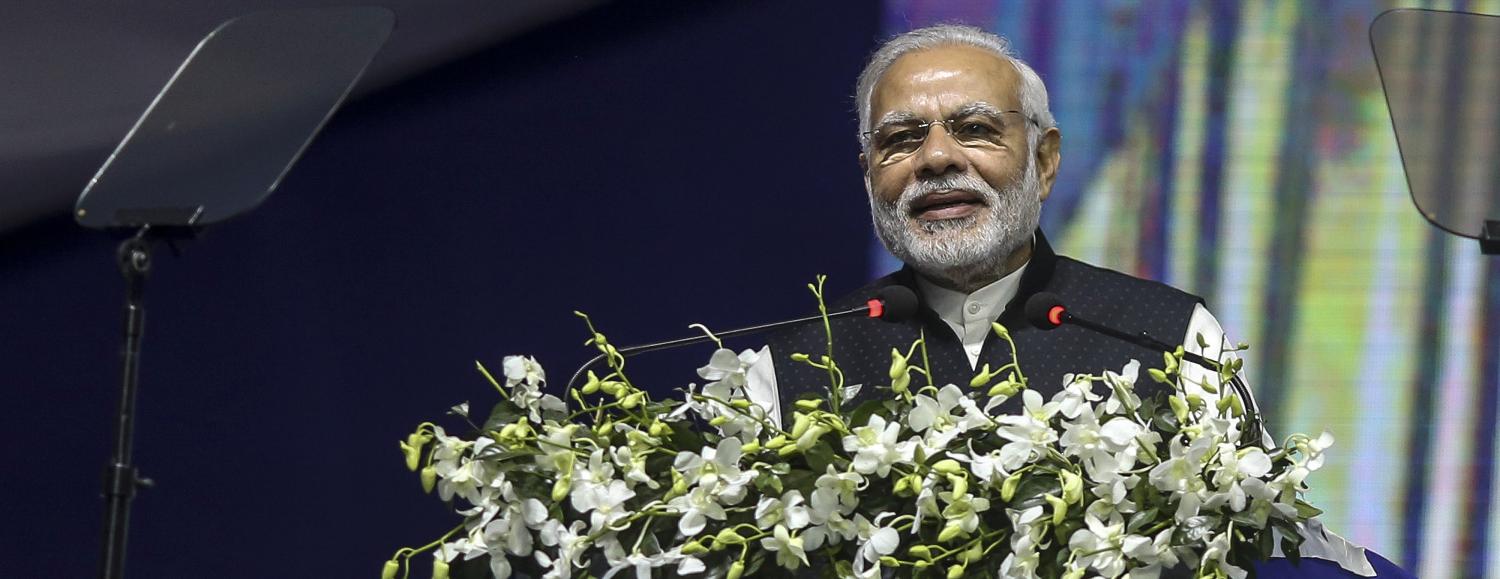Relations between India and the United States before the redefining changes of the past two decades were possibly best summarised in the title of a book by the American diplomat Dennis Kux: Estranged Democracies. But that phrase could just as easily have applied, more recently, to India and Australia. Despite their having much in common (pluralistic, Westminster-style democracies; Commonwealth traditions; Indian Ocean coasts; and strategic positions on East Asia’s periphery), relations between India and Australia were for decades defined by their differences. But a recent visit to Australia (I spent a week in three cities as a guest of the Department of Foreign Affairs and Trade, talking to senior government officials, military officers, academics, economists, and journalists) was enough to suggest that the circumstances are ripe for a qualitative upgrade in relations between New Delhi and Canberra.
An important overall factor is the state of Australia itself. In a world still coming off the relative highs of 1991-2008, Australia is not at all badly placed. Australian democracy may be messy but there remains, for now, a general consensus on the benefits of immigration, free trade, a broad social safety net, and the merits of the US alliance. To be sure, some of these are being tested around the margins. Immigration, in particular, appears to be an increasingly fraught issue. However, it helps that the economy is in rude health. Australia can draw further comfort in its having a small, well-educated population, strong services and agriculture sectors, and vast natural resources. These attributes serve to make it an attractive partner, particularly for other like-minded countries in the Indo-Pacific. Australia may remain a middle power for the foreseeable future, but it is nicely poised to punch above its weight for years to come.
That said, there is an evident tension between Australia’s strategic establishment (largely confined to a bubble in Canberra) and the business community. For some, China’s importance as a trade partner and immigration trends point to a recalibration of its international relations away from the United States and the West, and there are certainly some such pressures from Australian business. Yet for the Australian strategic community, the importance of the US alliance remains an article of faith. In fact, intelligence arrangements (more than other alliance considerations) and two-way investment (rather than trade) are possibly truer indicators of the importance of the US for Australia.
But this dichotomy is becoming increasingly muddied. Concerns about Chinese cyber espionage (particularly of intellectual property) as well as worries about Chinese political influence have sown doubts in the minds of some erstwhile proponents of closer ties with Beijing, including some in the business community. On the other hand, Donald Trump’s election victory has raised questions about the reliability of the United States as an ally. On balance, while the basic tension between Australia’s security and commercial impulses is unlikely to be resolved any time soon, it is not nearly as sharp as it is sometimes made out to be.
In this context, Australia’s relations with India (along with Japan) have the potential to assume greater prominence. Australia-India relations have come a long way from a low point around six to eight years ago. In 2008, the Kevin Rudd government pulled out of the ‘Quad’ security partnership with India, Japan, and the United States, creating lasting doubts about Australia’s commitment to plurilateral security. Australia also had in place a uranium ban on India, which remains a non-signatory to the Nuclear Non-Proliferation Treaty. Between 2008 and 2010, attacks on Indian students and taxi drivers received considerable attention in the Indian media, colouring Indian public perceptions of Australian society. But today, Australia’s strategic orientation has been clarified by a series of defence white papers, the uranium ban has been lifted, and Australia remains a preferred destination for Indian university students looking to go overseas. Prime Minister Narendra Modi’s 2014 visit also helped turn a new leaf on the relationship. The basis for improved ties is certainly stronger, and Australia – despite much self-criticism about not having invested enough in relations with India – has in fact done better than most in cultivating New Delhi.
The question, then, is where can Australia play a meaningful role in India’s ongoing transformation, to mutual benefit? Australia already plays an outsized role as a provider of tertiary education for Indians. It is also natural that. as India’s economy grows and its infrastructure needs increase, commodity exports from Australia will rise. Indeed, Australia’s position as a major exporter of liquefied natural gas is underappreciated. But identifying areas beyond natural resources and education where Australia can play an oversized role in India’s development remains a challenge. Given Australia’s own limitations in manufacturing and defence technology, boosting agricultural productivity remains one possibility.
On the strategic side, the challenge involves jointly finding ways to engage and cooperate in the Indian Ocean to mutual benefit. Australia’s naval investments, particularly in submarines, give it significant maritime reach in the Indian Ocean, where the entirety of its submarine fleet is based. However, existing multilateral mechanisms such as the Indian Ocean Rim Association (IORA) and ASEAN-based entities are unwieldy and inadequate. Instead, smaller groupings that can help ensure shared objectives in the Indian Ocean region (possibly involving some combination of the United States, Japan, Indonesia, France, and South Africa, as countries with the requisite means and capabilities) may be necessary. And rather than exercises and operations, which could be expensive and politically sensitive, information sharing and enhanced military-to-military engagement in smaller multilateral groupings might be a useful and productive way forward.

